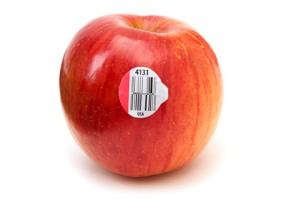KNOW YOUR FOOD-GET THEM LABELLED
May 14, 2013 2 Comments
SOURCE : http://justlabelit.org/right-to-know/labeling-around-the-world/
Labeling Around the World
Currently, 64 countries around the world require labeling of genetically engineered foods. Unlike most other developed countries – such as 15 nations in the European Union, Japan, Australia, Brazil, Russia and even China – the U.S. has no laws requiring labeling of genetically engineered foods.
Below is a full list of countries that require labeling (courtesy of The Center for Food Safety):
- Australia
- Austria
- Belarus
- Belgium
- Bolivia
- Bosnia and Herzegovina
- Brazil
- Bulgaria
- Cameroon
- China
- Croatia
- Cyprus
- Czech Republic
- Denmark
- Ecuador
- El Salvador
- Estonia
- Ethiopia
- Finland
- France
- Germany
- Greece
- Hungary
- Iceland
- India
- Indonesia
- Ireland
- Italy
- Japan
- Jordan
- Kazakhstan
- Kenya
- Latvia
- Lithuania
- Luxembourg
- Malaysia
- Mali
- Malta
- Mauritius
- Netherlands
- New Zealand
- Norway
- Peru
- Poland
- Portugal
- Romania
- Russia
- Saudi Arabia
- Senegal
- Slovakia
- Slovenia
- South Africa
- South Korea
- Spain
- Sri Lanka
- Sweden
- Switzerland
- Taiwan
- Thailand
- Tunisia
- Turkey
- Ukraine
- United Kingdom
- Vietnam




You must be logged in to post a comment.